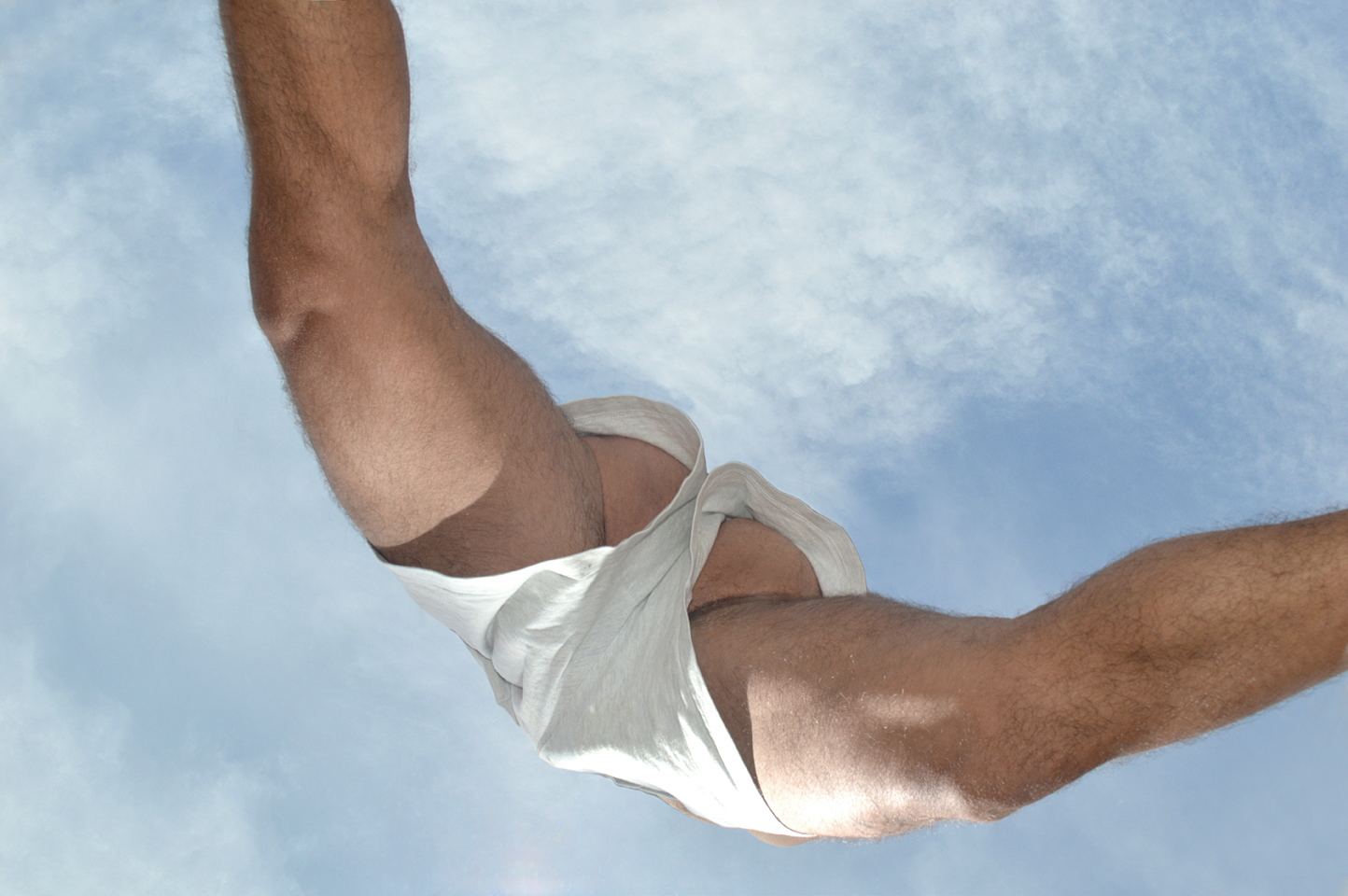A redefinition of what makes for a sexy man is underway. Genderqueer and trans men are being brought into the fold and there is the inclusion of softer forms of male sexuality. (Someone like Troye Sivan maintaining teen heartthrob status while prancing around in a couture dress would have been unfathomable just a few years ago.) Oh, and elbows are becoming sexy.
The Athens-born photographer Kostis Fokas is participating in this shift by showing us nipples, triceps, and dicks (pardon our vulgarity) are not the only beautiful parts of a man’s body. His lens extracts a confusing, but tantalizing, sexual energy out of elbows, knees, and twisted legs. A head shoved into a pair of shorts simultaneously looks like a sex act in progress and a malignant tumor protruding from the body. “I’m not trying to embrace beauty in the same way fashion does,” Kostis says when I ask him about his left-field vision of sexuality being embraced by the editorial world (he frequently shoots for indie publication GAYLETTER). “My work is very personal, reflecting my own feelings and personal stories that I would like to share. There is a goal behind those images, but I’m not trying to sell anything nor it is not based on specific forms.”
Kostis’s goal is to photograph subjects who are liberated and stripped of social taboos when it comes to nudity, he tells me. It feels like a push to bring the highly specific and nuanced ephemera queer men find sexy, like a pair of gym shorts, out from the corners of Pornhub and to the mainstream. Because the world accepting queer identity versus the world accepting queer sexuality are two very different things.
Here, Kostis talks to i-D about employing a Surrealist and Dadaist approach to male beauty.
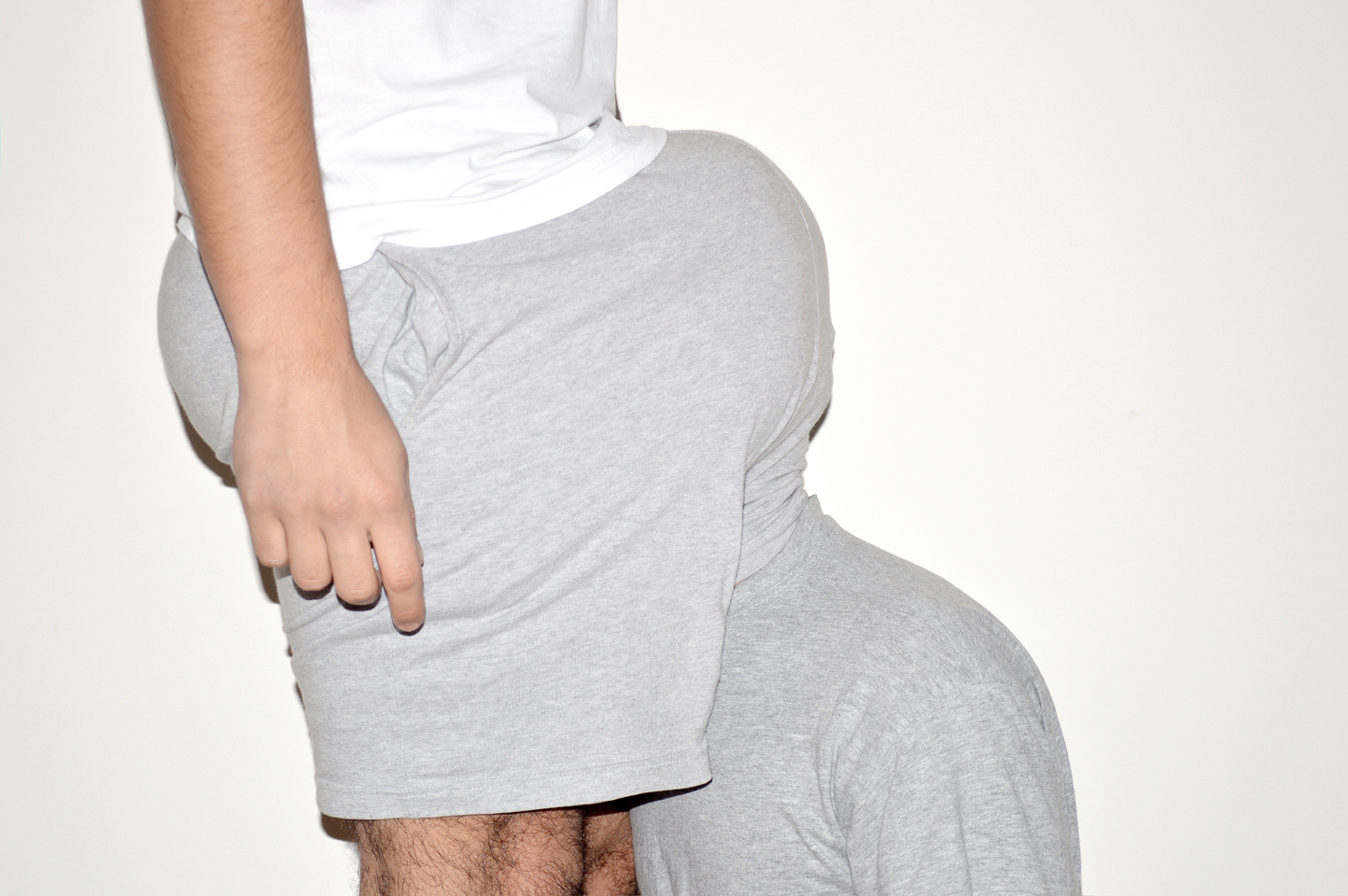
What is your favorite body part to photograph?
The most intriguing parts of the human body, to me, are the hands, thanks to their expressiveness, and the legs for their dynamics. Which is why I use these body parts so often in my work. But, nevertheless, my favorite part of the human body — which I also find the most erotic — are the eyes.

What intrigues me about your work is how your photos manage to make the most unexpected of things feel deeply erotic — a man shoving his face into a armpit, or even an elbow. What is your approach to sexuality?
Sexuality is not the sole objective of my work. The naked bodies depicted in my photography do not intend to seduce erotically. My intention is rather to create an interplay between the viewer’s eye and their senses; exactly as it happens in real love. Through my work, I create a personal discourse on satisfaction. My lens turns into fingertips that long to touch upon and discover what goes beyond the flesh of the body.
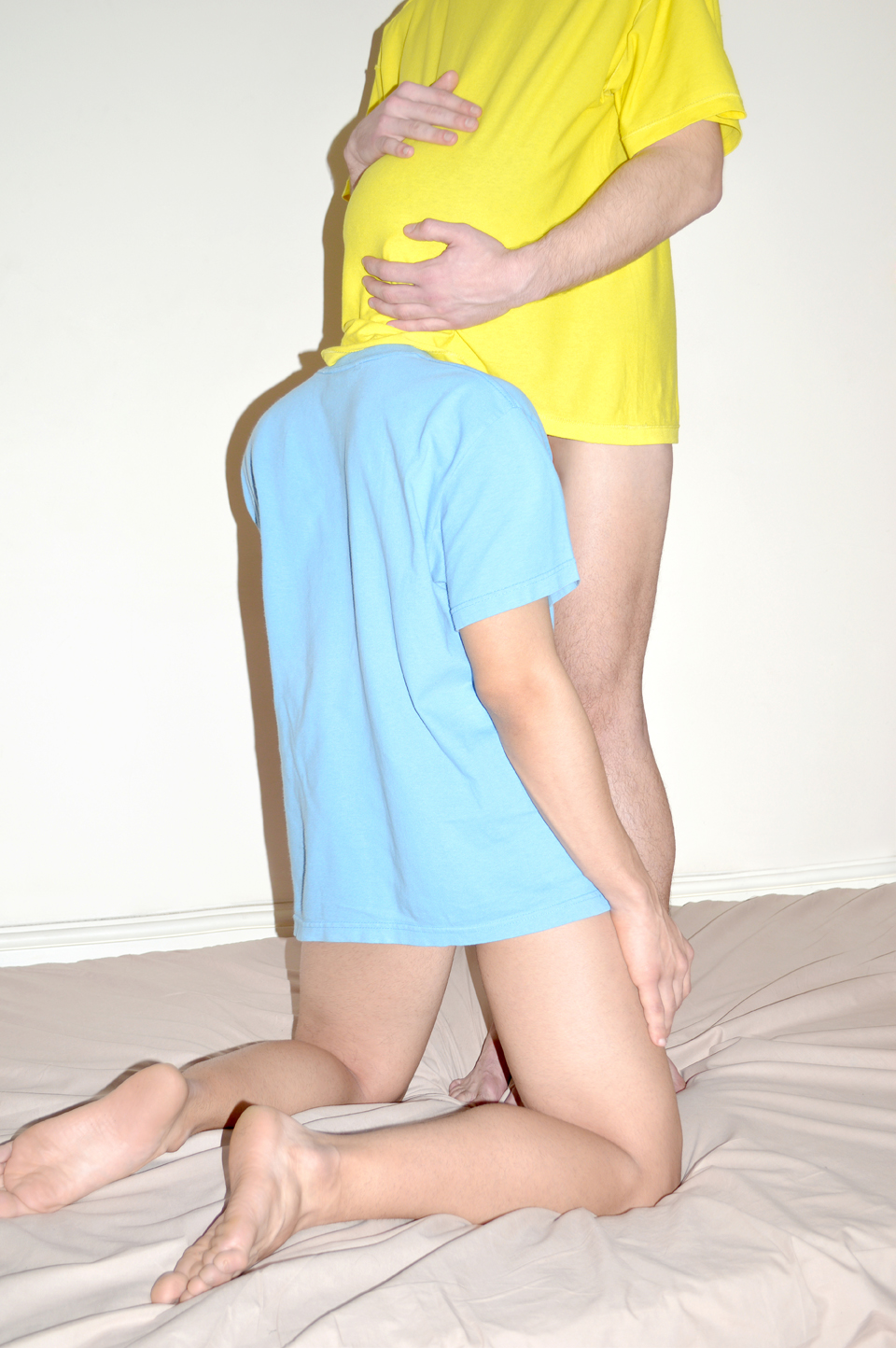
What about the body are you attempting to explore through these contortions and grotesque angles?
“Explore” is the right word to describe my work and its intentions towards my art. What I would like to explore is my admiration for the human body, as well as the curiosity, the beauty, the ugliness, the diversity, and whatever it is our bodies express spontaneously.
People are honest while naked — they come closer to their real self and they can’t hide behind the comfort clothing offers.’
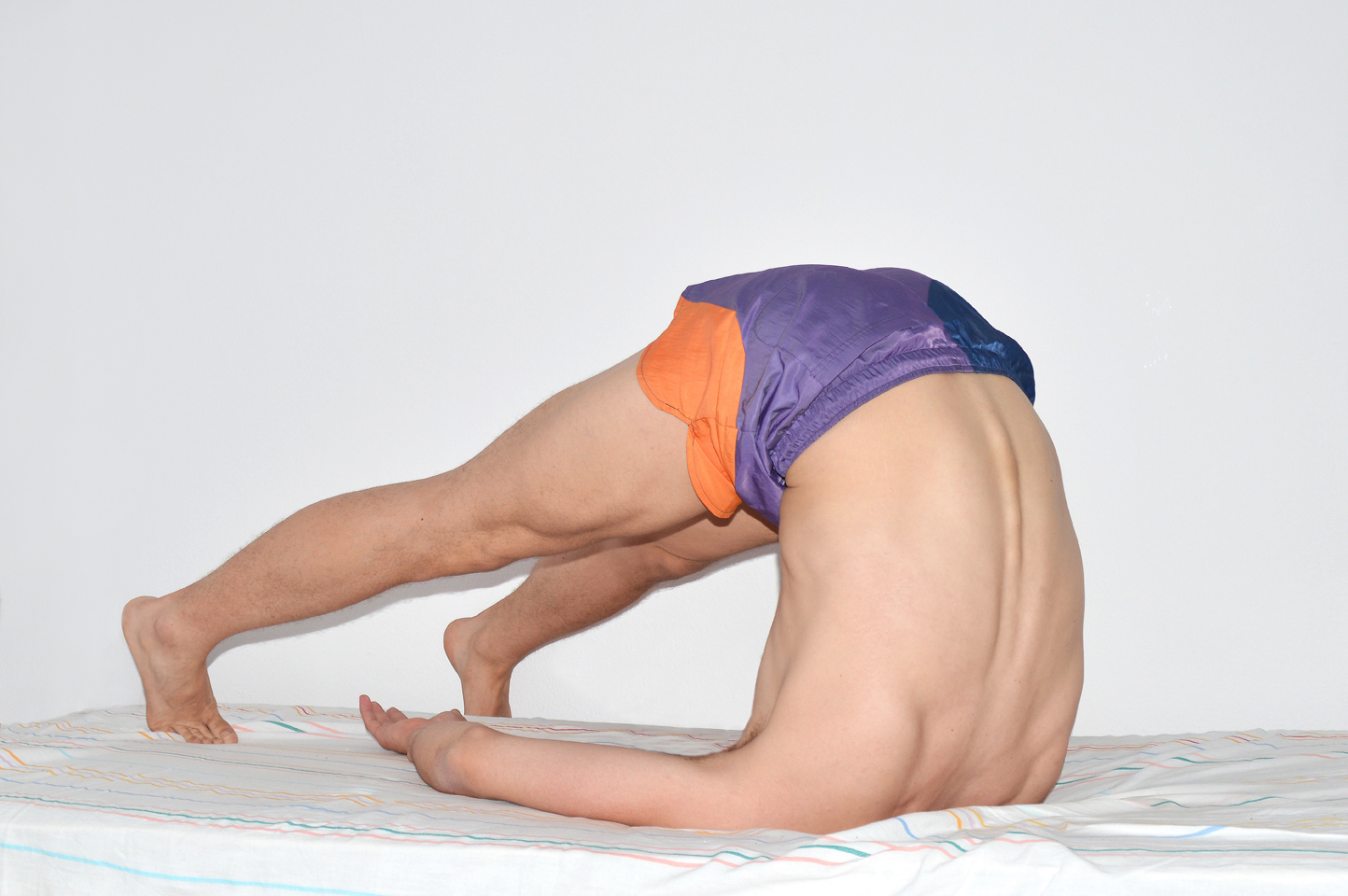
How did you reach this interesting approach towards nudism?
I attempt to approach people in meaningful ways and I believe that photographing myself went a long way towards this direction. In 2013, I started taking pictures of myself so as to overcome many personal obstacles and taboos. This way, I found the strength to talk about topics that I used to avoid not only when conversing with others but with myself too. Finally, I managed to see all these topics in front of my very eyes and I could do nothing but to accept myself as I am.

How does masculinity play into your work?
I am attracted by masculinity, but I would like to embrace the feminine boys too. Gay photography for many years has been linked closely to masculinity. Now I see those patterns are start changing, and I’m here for this kind of change.
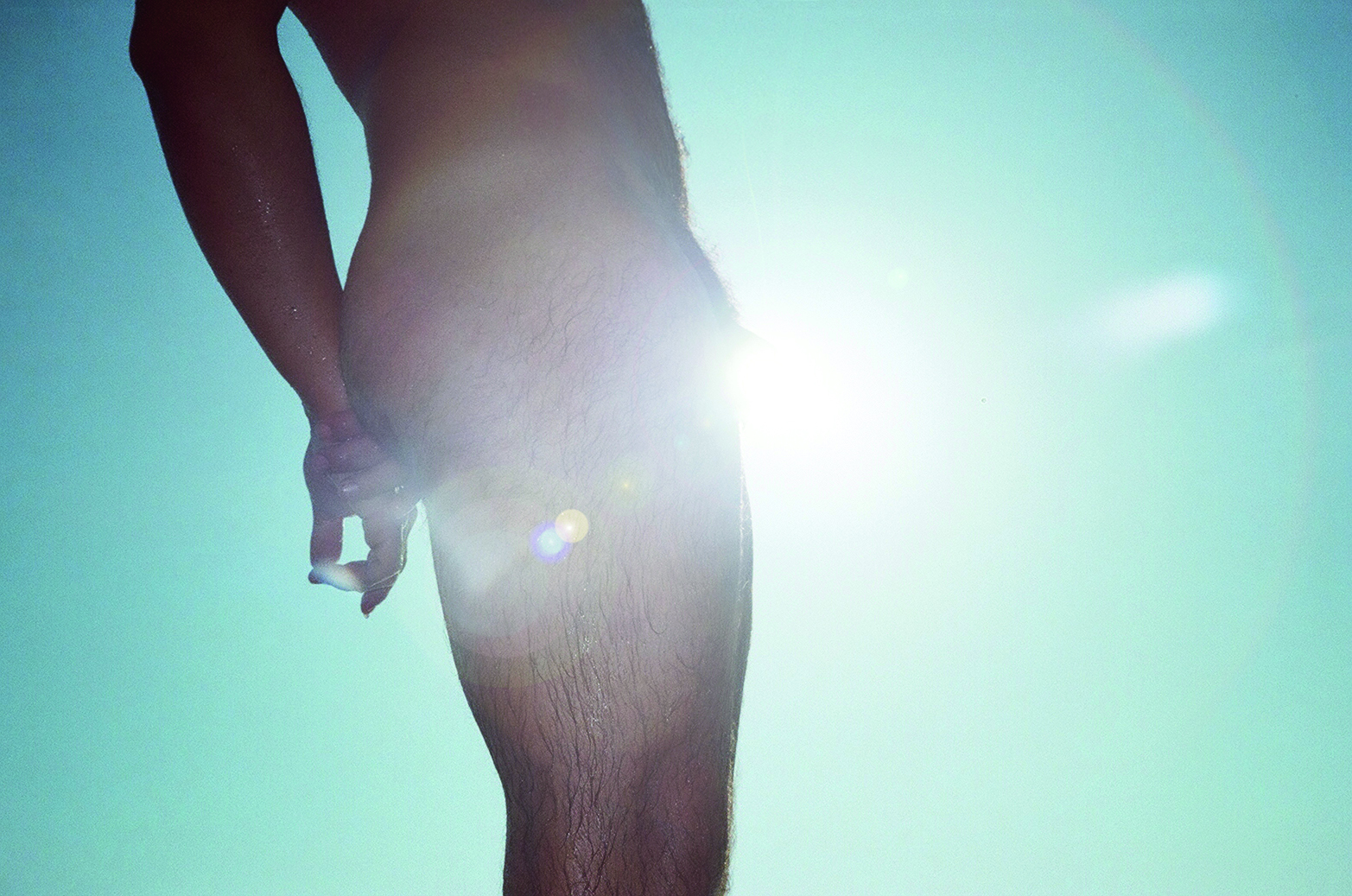
How did you get into photography?
It was during the 90s, when I used to spend all my money on magazines like i-D and The Face. How the cultural revolution was communicated through pictures and magazines was the motivation and inspiration that made me love photographs. Terry Richardson’s flash-sexualized photography was my first love. And Herb Ritts’s black-and-white photography and Wolfgang Tillmans’s alternative glance was something heroic for me back then. It was at that time I decided to study photography, so I could be like them. However, the most important part was the one that came after, when I started discovering myself through my own photography and personal work.
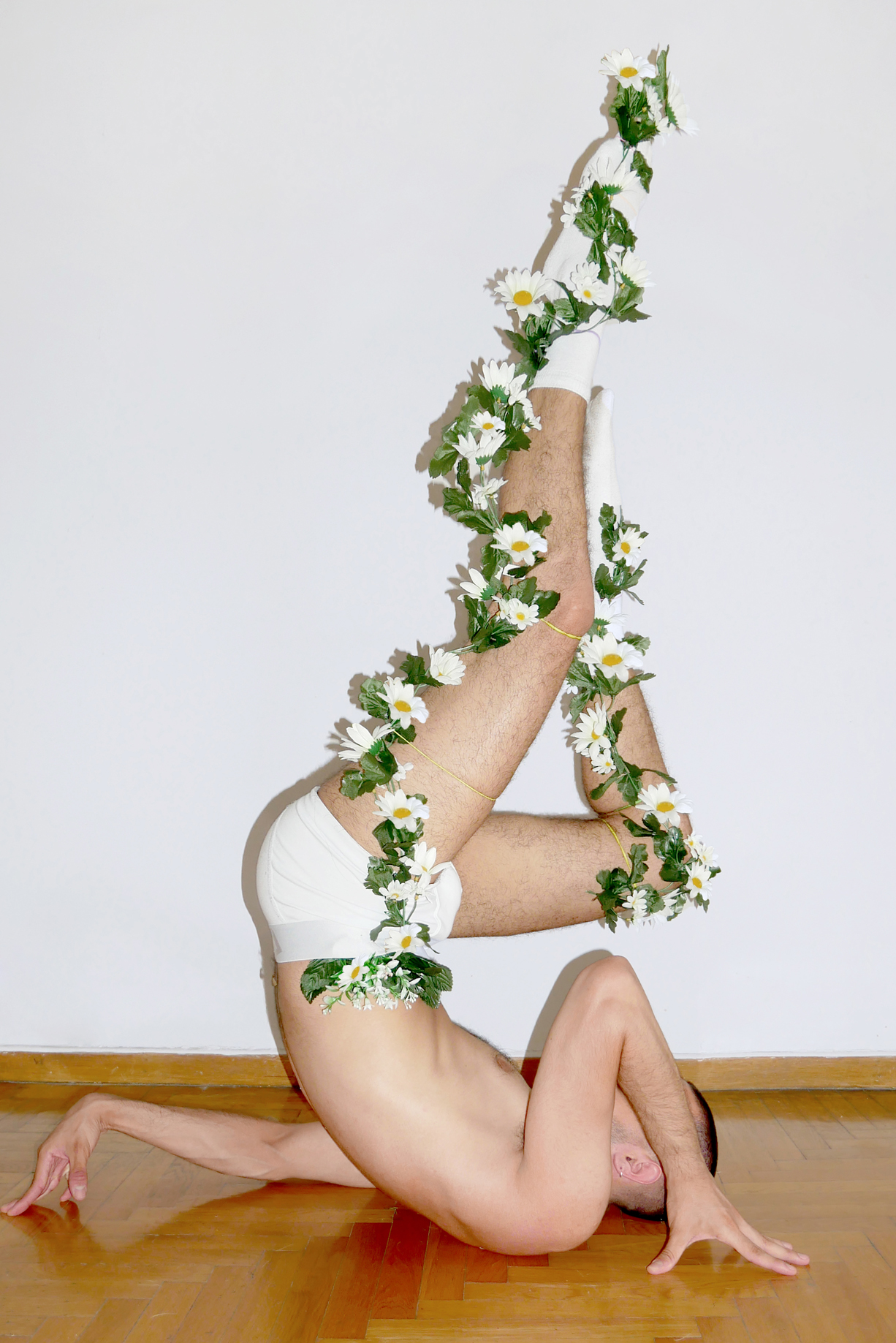
What photographers do you look to for inspiration?
When I’m looking for inspiration, I always like going back in time. I love reading about the history of art and, more specifically, the beginning of Surrealism and Dadaism. All of those free spirits make me want to create something that would fail any boundaries or rejected logic. It has always fascinated me to imagine myself as being part of the early 20th century aesthetic revolutionaries who made up what we name today “avant garde movements.” Artists like Man Rey and Andre Breton have always been a source of inspiration and motivation, not to mention Guy Bourdin and Martin Parr, whom I consider my photography heroes.




